The return of the Toyota Wigo marks a turning point, with comprehensive changes from its appearance, equipment, to the price. The A-segment hatchback is now highly accessible, user-friendly, easy to drive, lightweight, and equipped for first-time car buyers.
The summer is reaching its hottest phase, with long sunny days throughout the week. In the northern region, if you’re unsure where to go to escape the heat on the weekend, check out this article. The beach is the perfect choice for summer! But which beach should you visit? Without a doubt, Thanh Hoa is a familiar and reasonable destination!
But specifically where should you go, Sam Son or Hai Tien? – The discussion revolving around this question is the unique point and has many things to explore. Surely, as readers, you are aware that on April 30th, the Mai Son – National Highway 45 high-speed route connecting two provinces, Ninh Binh – Thanh Hoa, was completed and officially put into operation. This is an integral part of the national major project Bac Nam highway, with an investment capital of 12,000 billion VND.
In the initial phase, the Ninh Binh – Thanh Hoa highway has a length of 63.37 km with 4 lanes – a road width of 17m and a maximum allowed operating speed of 80 km/h. That’s why if you depart from Hanoi, you can reach Thanh Hoa in just 2 hours, less dependent on traffic conditions compared to over 3 hours and depending on the traffic volume like the previous National Highway 1A route.
Not only is it closer in terms of geographical distance and reduced travel time, but this high-speed route also significantly reduces pressure on drivers. Moreover, it is toll-free! So what are you waiting for? Take advantage of this route right away!
Starting from Hanoi, our group of 4 adults followed the aforementioned high-speed route to the Dong Xuan intersection (Dong Son district, Thanh Hoa province), then started following National Highway 47, before entering National Highway 1A and heading south – passing Hai Linh beach (Tinh Gia district, Thanh Hoa province), Hai Hoa beach, and Nghi Son beach (in the area of Hoang Mai town).
Using the Toyota Wigo, our group visited Dong – Nghi Son beach consecutively, spent time visiting the church, and then bought fresh seafood at the local seafood market. With an entrance fee of only 40,000 VND per car, Dong Nghi Son beach is truly an impressive destination, with its untouched beauty – a real gift for those who love nature and need to replenish their “vitamin Sea” after months of non-stop work.
Inside the Dong Nghi Son beach, you will find affordable homestay services. If you proactively buy seafood in advance, your group can enjoy an economical, high-quality beach trip and truly experience a lot of joy and bonding among members.
Don’t forget to wake up early and witness the sunrise rising from the sea. Observe the yellow-orange clouds forming shapes and rising in the distance; feel the sound of waves crashing and the cool morning breeze gently touching your skin and hair. Stay still, feel your heart beating strongly – full of vitality when receiving the extra energy from nature. It’s truly an enchanting feeling!
Talking more about our companion on this 300km journey, the Toyota Wigo is truly a small and lovely car, but it hides many interesting surprises.
Youthful and bold design
This is the first aspect that the Toyota Wigo generation easily impresses with. The front of the car has many angular lines, providing a sharp and modern feeling.
Along with that, bright exterior colors like red or orange in the 4 optional paint colors allow young users to confidently showcase their personality. This used to be a rarity among Japanese cars in the past 5 years. However, now with Toyota’s new product lineup like the Raize, Veloz, Corolla Cross, or Wigo, it’s hard to argue that current Japanese cars lack character or youthfulness.
In terms of equipment, the Toyota Wigo also stands out compared to its competitors as it comes standard with LED headlights on all versions, whereas other A-segment hatchback models still only have Halogen filament bulb technology.
On both sides of the car body, the Wigo is equipped with one-touch door sensors, 14-inch wheels, and electrically adjustable/foldable side mirrors with integrated turn signals. At the rear of the car, there is also a reversing camera and rear parking sensors.
Spacious and convenient interior
With dimensions of 3,760 x 1,665 x 1,505 mm, the Toyota Wigo offers a truly spacious passenger compartment, especially with a wheelbase index of 2,525mm – the best in the segment. Moreover, the car’s turning radius is only 4.5m, making it the most agile and easy-to-maneuver car in the urban environment compared to its competitors in the same segment.
Meanwhile, the trunk of the Toyota Wigo is also the most spacious in the segment, providing enough space to store luggage for 4 adults on a 2-day-1-night trip. Additionally, the car’s interior compartment is very user-friendly with a range of convenient storage compartments.
The Japanese automaker also equips the Toyota Wigo with many “hot” features such as a 7-inch infotainment touchscreen with standard Apple CarPlay and Android Auto connectivity, single-zone automatic air conditioning, and beautiful patterned fabric seats.
Agile and flexible performance
At a glance, you might think that the naturally aspirated 1.2L engine on the Toyota Wigo is weak due to its power output of 87 horsepower and torque of 113 Nm. However, real-world experience shows that, when paired with the D-CVT gearbox, the Toyota Wigo provides a smooth and consistent acceleration. It accelerates well, the engine exhibits a “boost” and feels light without any constraints or sluggishness, especially when using the sporty S mode.
In urban areas, the Toyota Wigo delivers a smooth and comfortable driving experience for users. On the highway, the Toyota Wigo maintains stability even at speeds of over 100 km/h, with the engine running at less than 2,000 RPM – ensuring fuel efficiency without feeling “underpowered” when needing to overtake.
However, the weakness of the Wigo lies in its suspension system, which is not very impressive. The suspension is stiffer, causing noticeable shocks when encountering speed bumps.
In addition, the Toyota Wigo’s sound insulation is not particularly impressive. At speeds of 80 km/h and above, the cabin starts to experience a lot of noise. However, passengers can increase the volume of the music to somewhat mask the discomfort.
Nevertheless, the strength of the Toyota Wigo lies in its superior safety features, including blind spot warning displayed on the mirror and rear cross-traffic alert after reversing, combined with a reversing camera and rear parking sensors. However, it is unfortunate that the car is still not equipped with automatic cruise control.
When it comes to fuel efficiency, the Toyota Wigo’s performance is commendable, with a manufacturer-stated figure of over 5L/100km of mixed road driving. Based on our real experience during this journey, the figure was a little over 6L/100km. This is quite reasonable, considering the small size of the car, carrying a full load of 4 adults and luggage, as well as driving at high speeds.
A quick summary of the trip – the new high-speed route has brought Hanoi and Thanh Hoa closer than ever before. Enjoy the “vitamin Sea” with just 2 hours of driving! Fresh seafood and pristine beaches are waiting for you.
As for transportation, the Toyota Wigo demonstrates that despite its compact size, it is a very cost-effective choice, especially with its outstanding safety features in this segment.
Anh Phan (Tuoitrethudo)
Photos: Huy Bach





























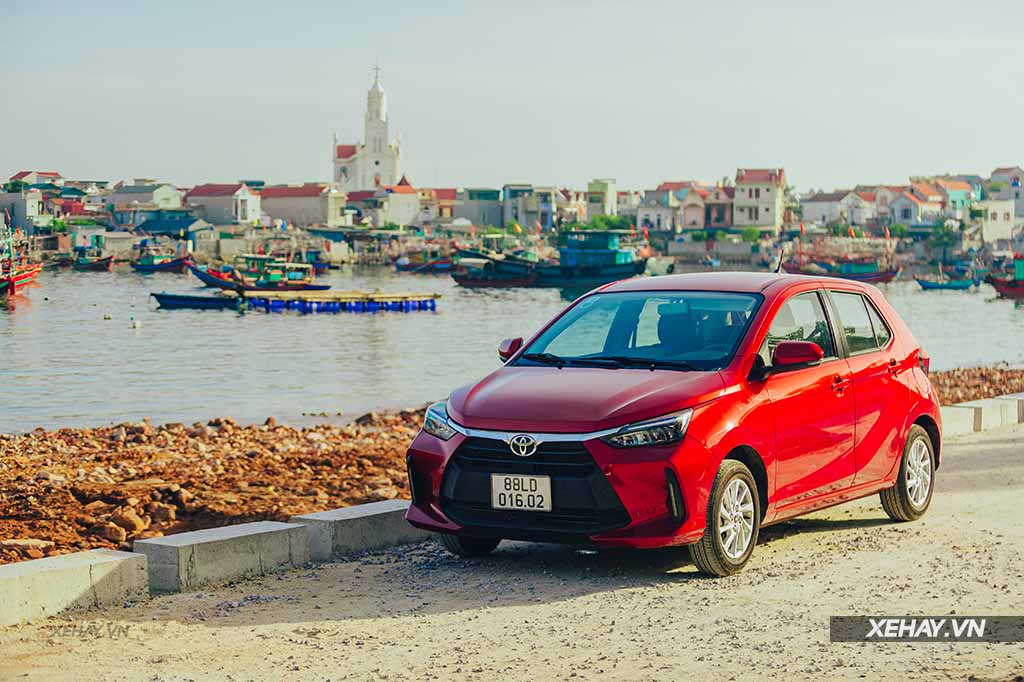
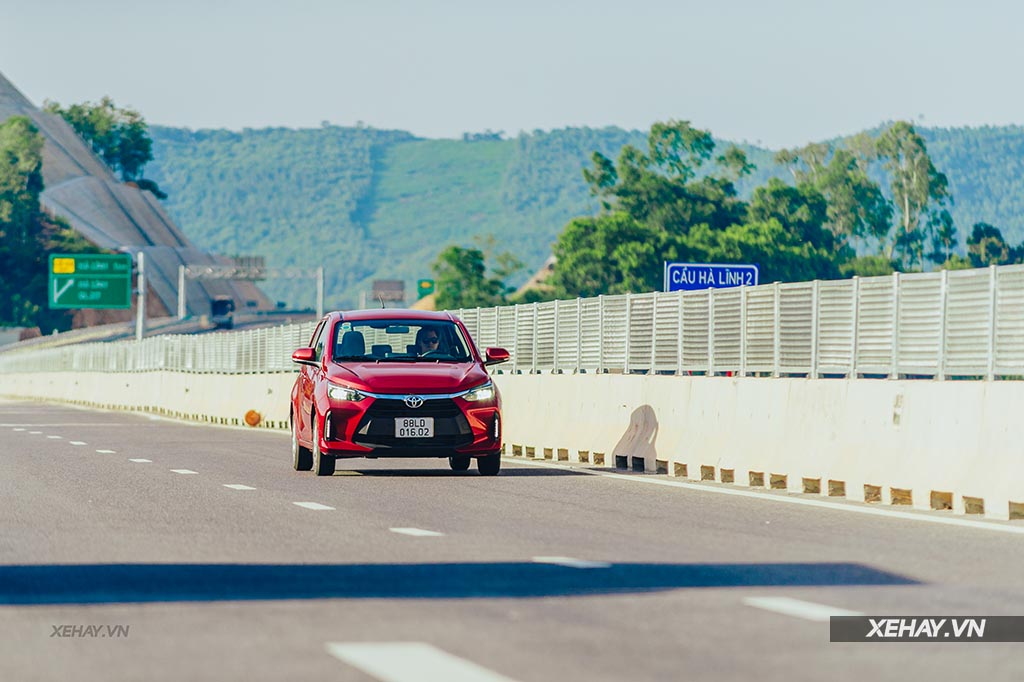
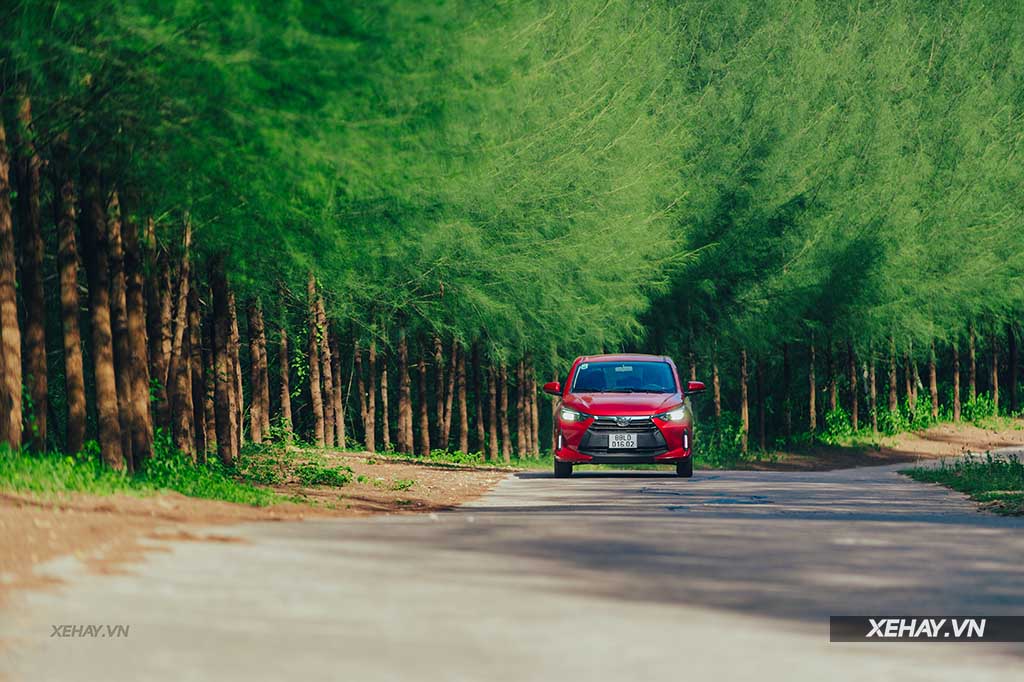
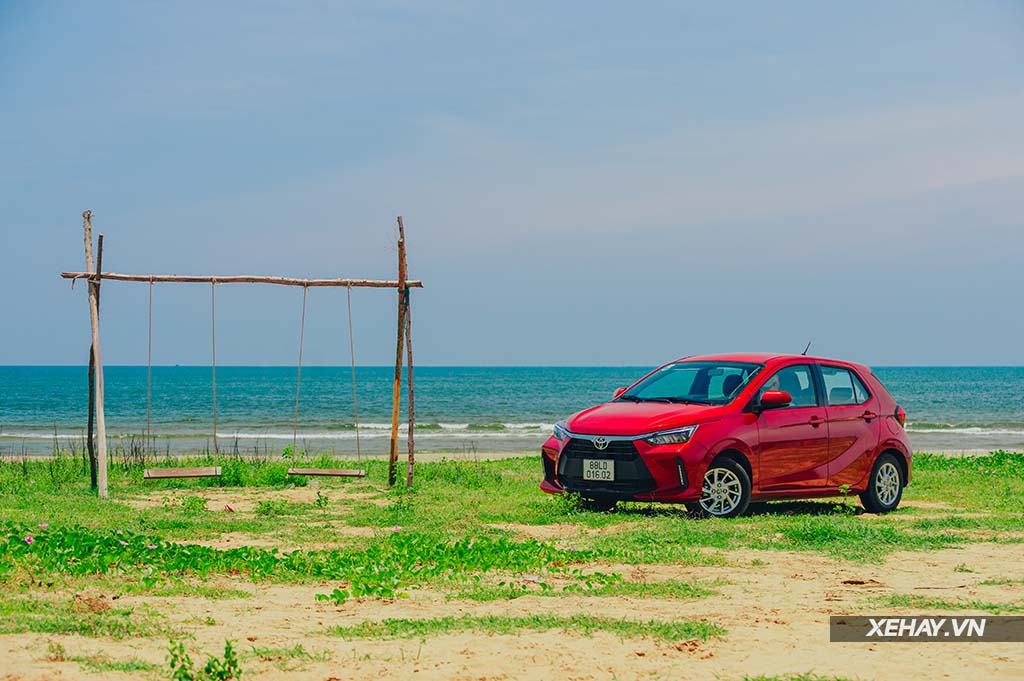
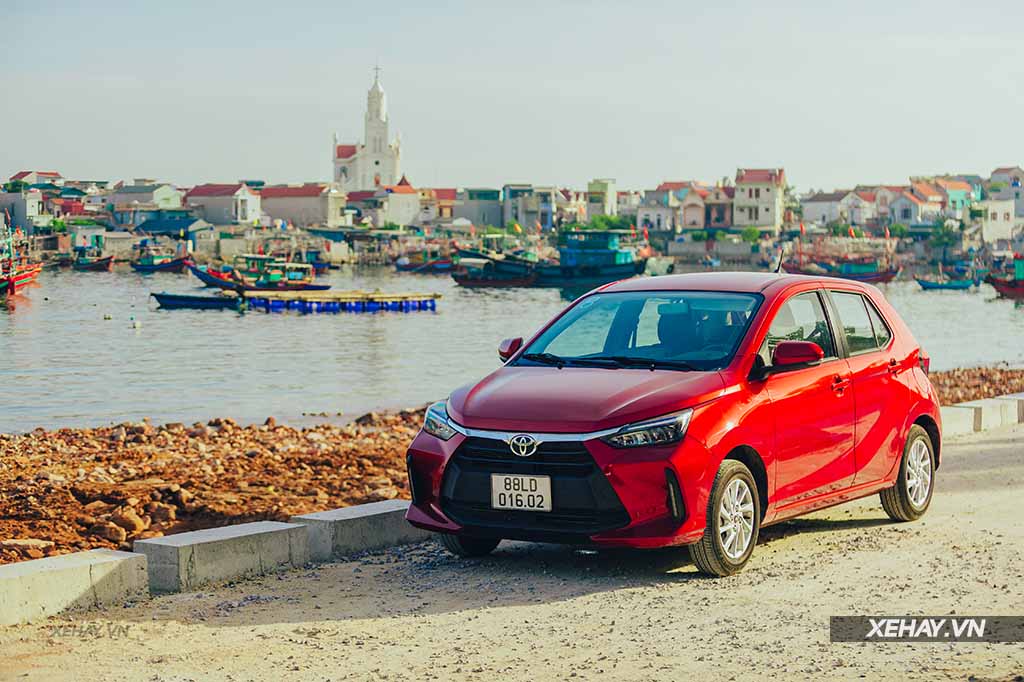
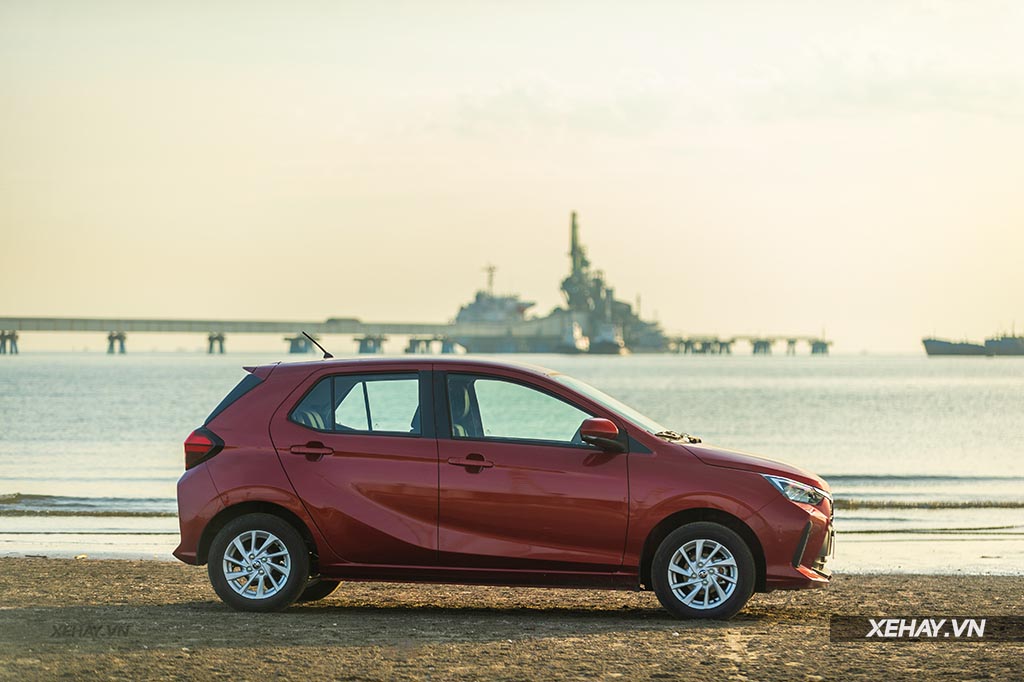
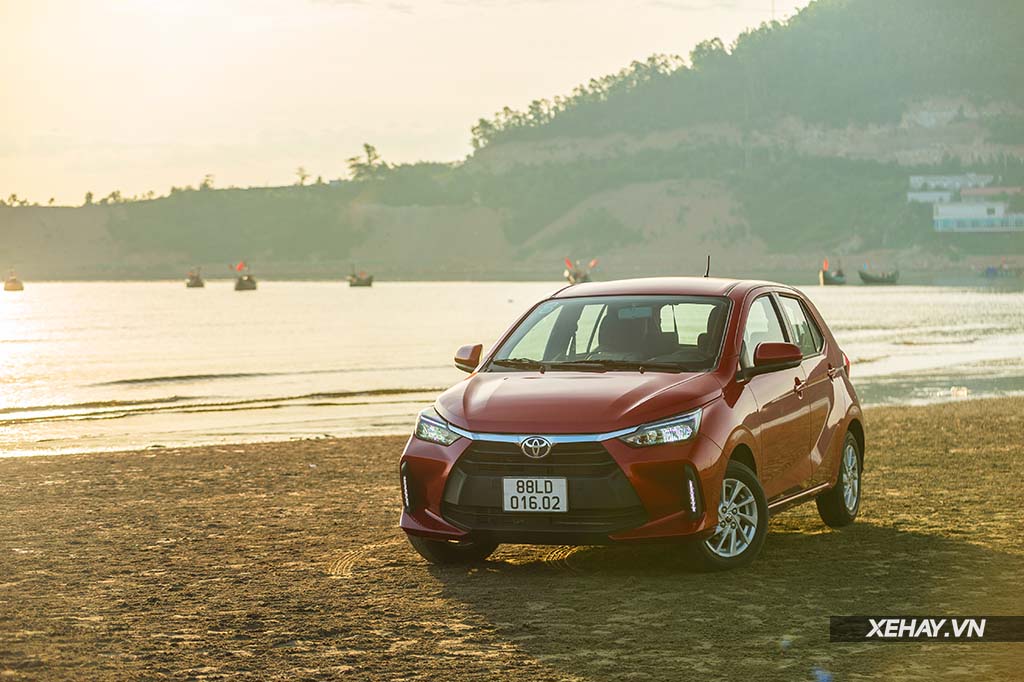
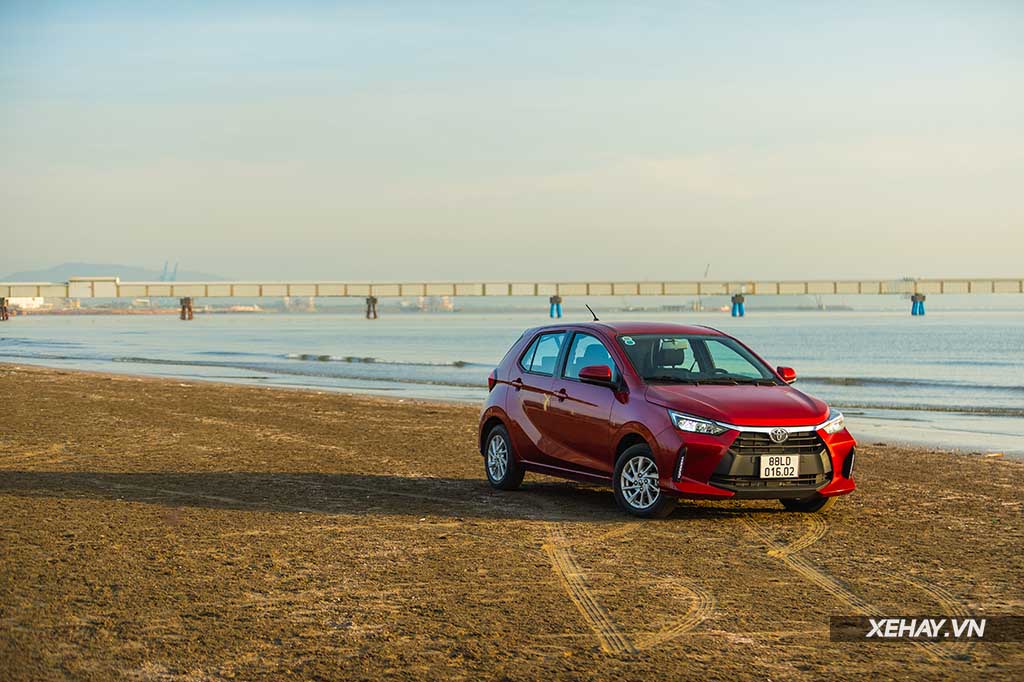
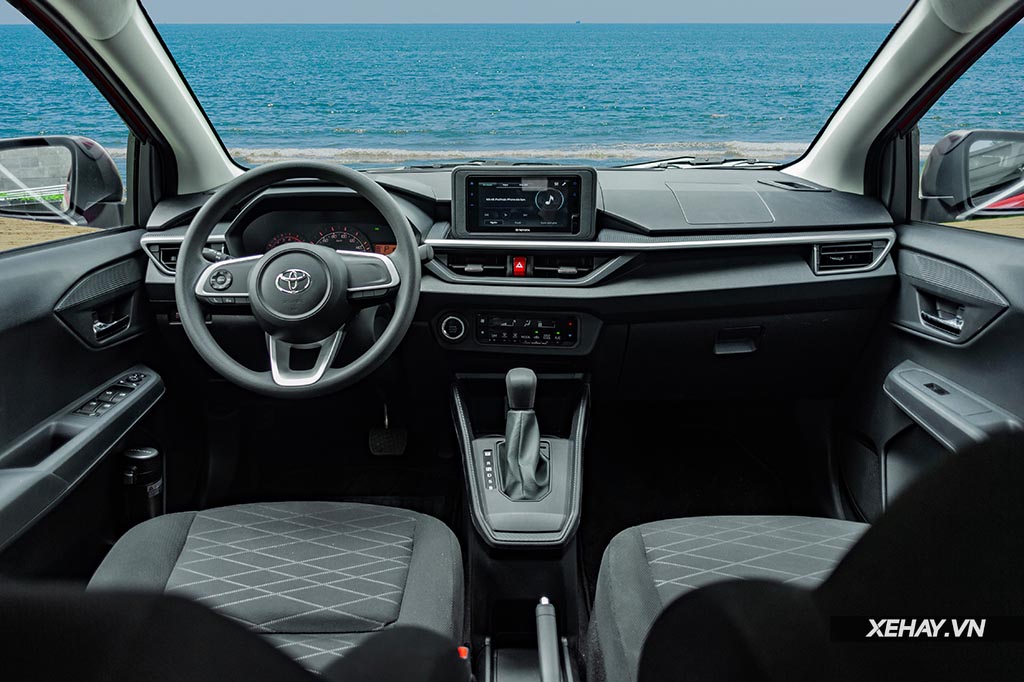
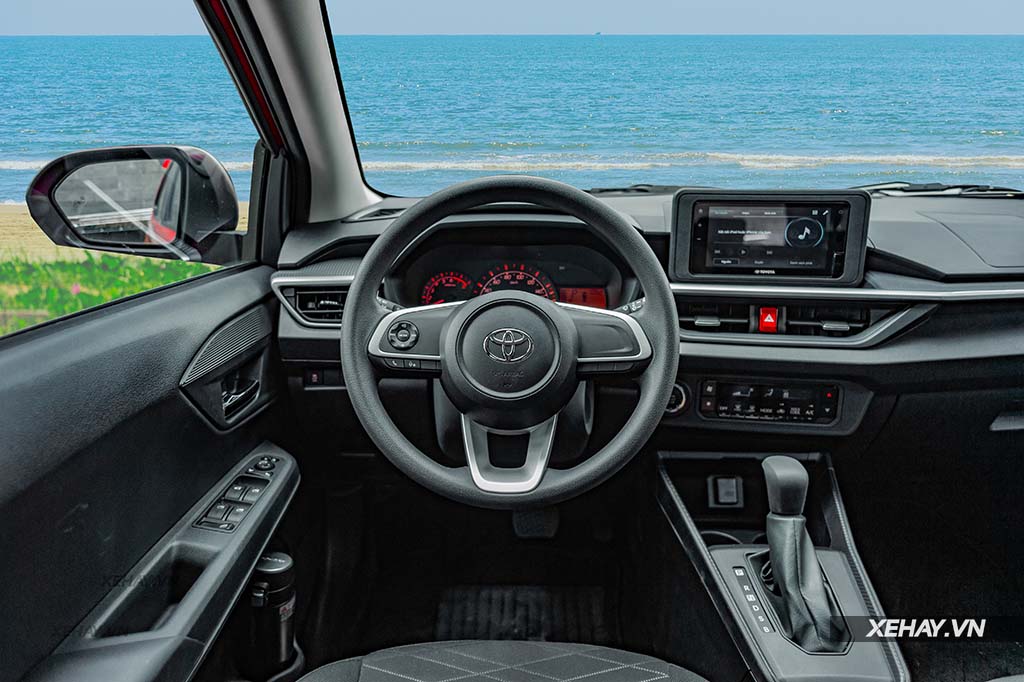
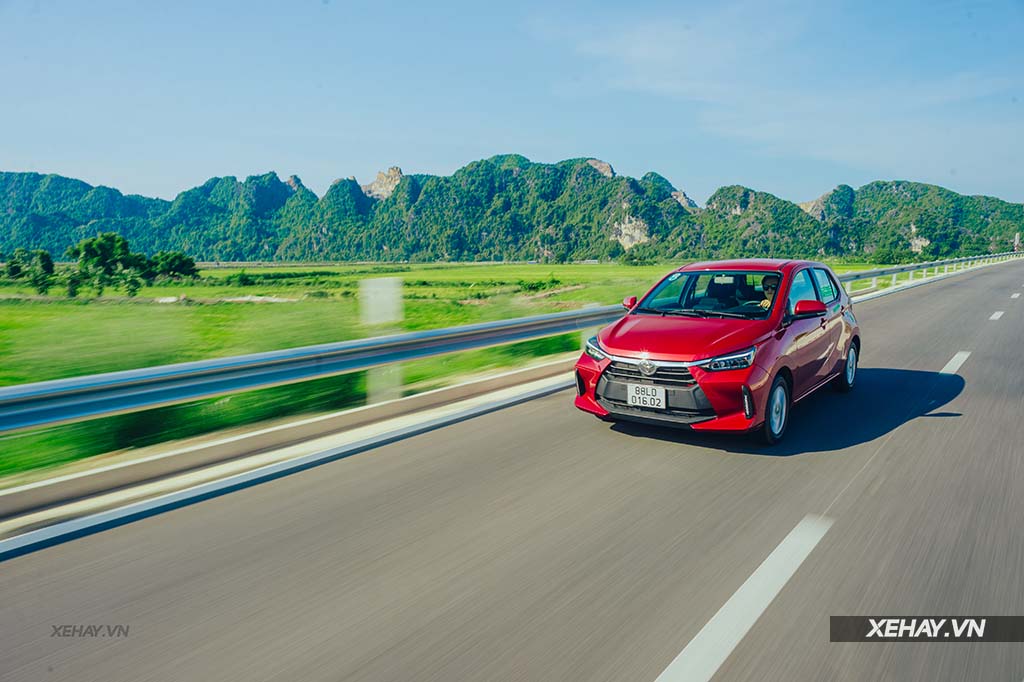
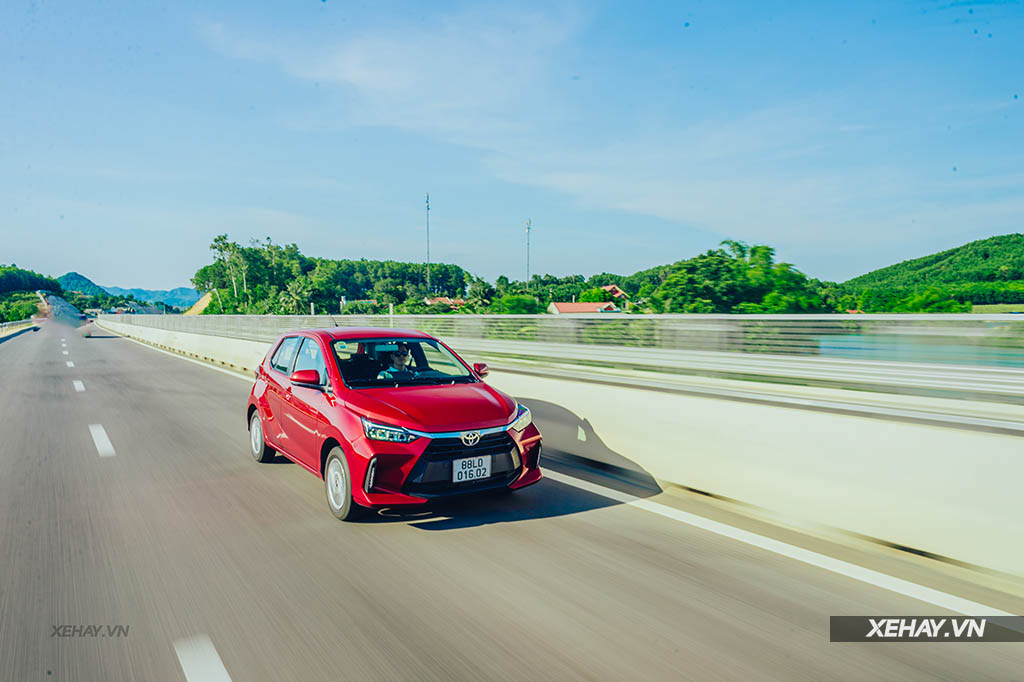
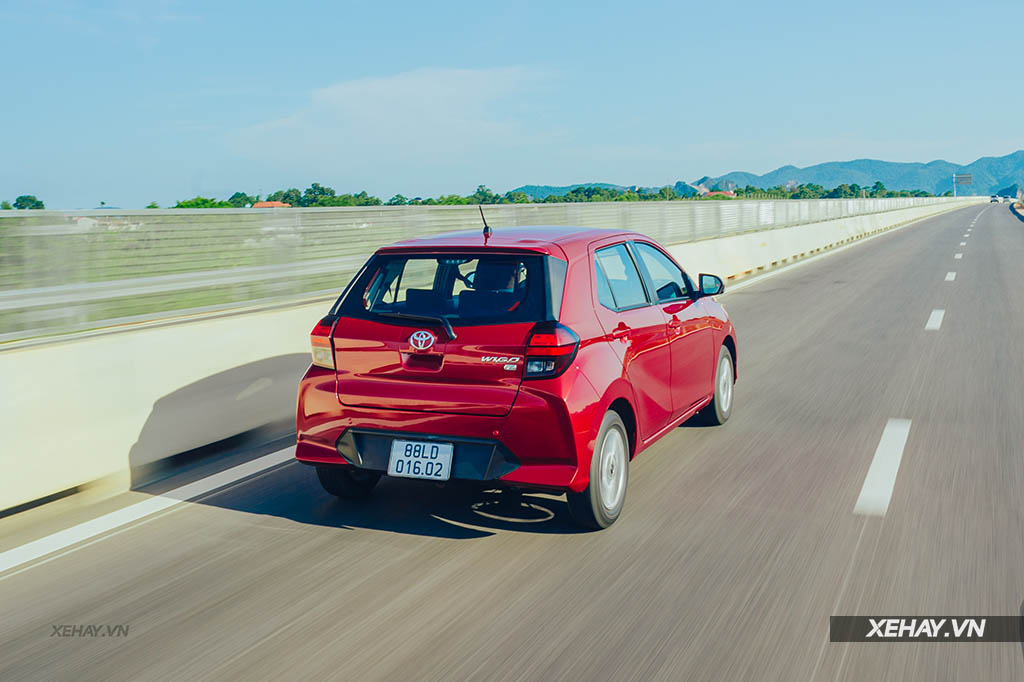
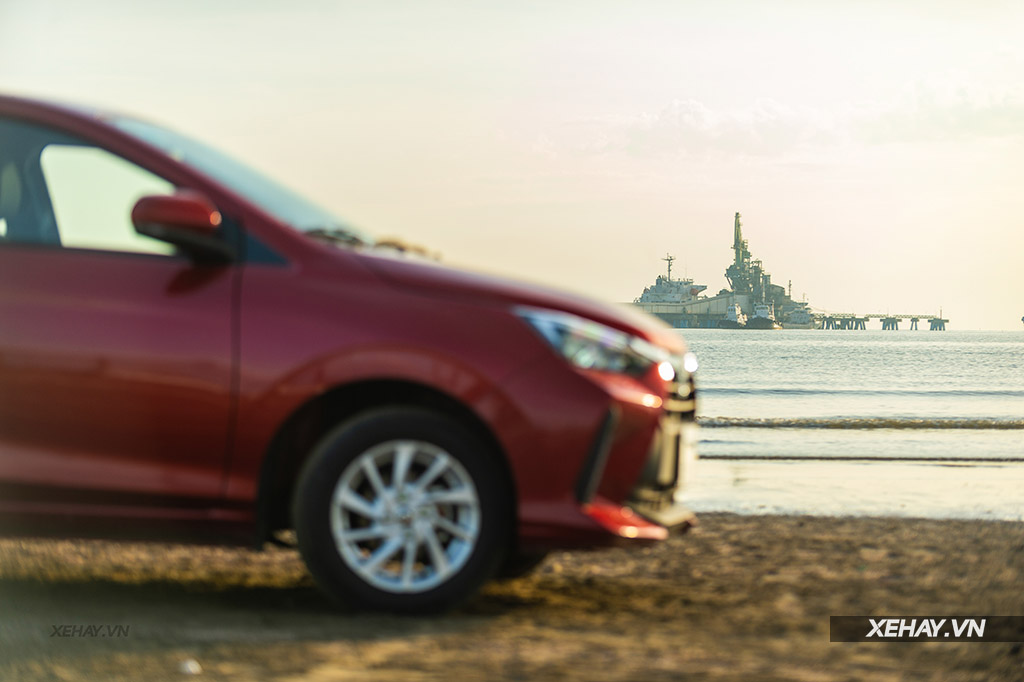
![[CAR REVIEW] Weekend Getaway with Toyota Wigo: Small, Cute, and Packed with Power](https://vnauto.net/wp-content/uploads/2023/11/xehay-toyotawigo-02082023-11-150x150.jpg)
![[QUICK REVIEW] Hyundai Genesis G80 EV: Luxurious Electric Sedan with Authentic Korean Touch](https://vnauto.net/wp-content/uploads/2023/11/xehay-hyundai-genesisG80EV-16112022-7-150x150.jpg)

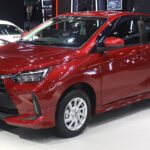












![[Review] Honda HR-V G: Practically perfect](https://vnauto.net/wp-content/uploads/2024/02/Xehay-HondaHRVG-19102023-15-100x70.jpg)